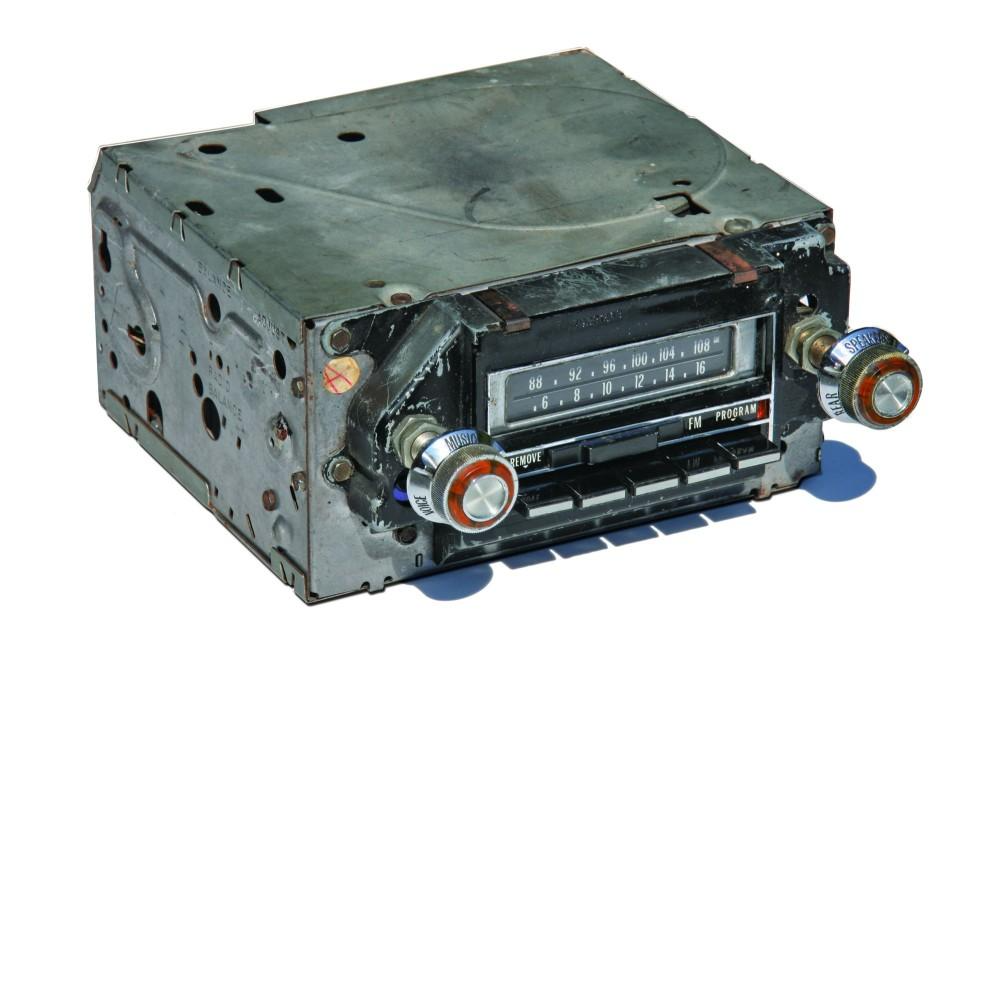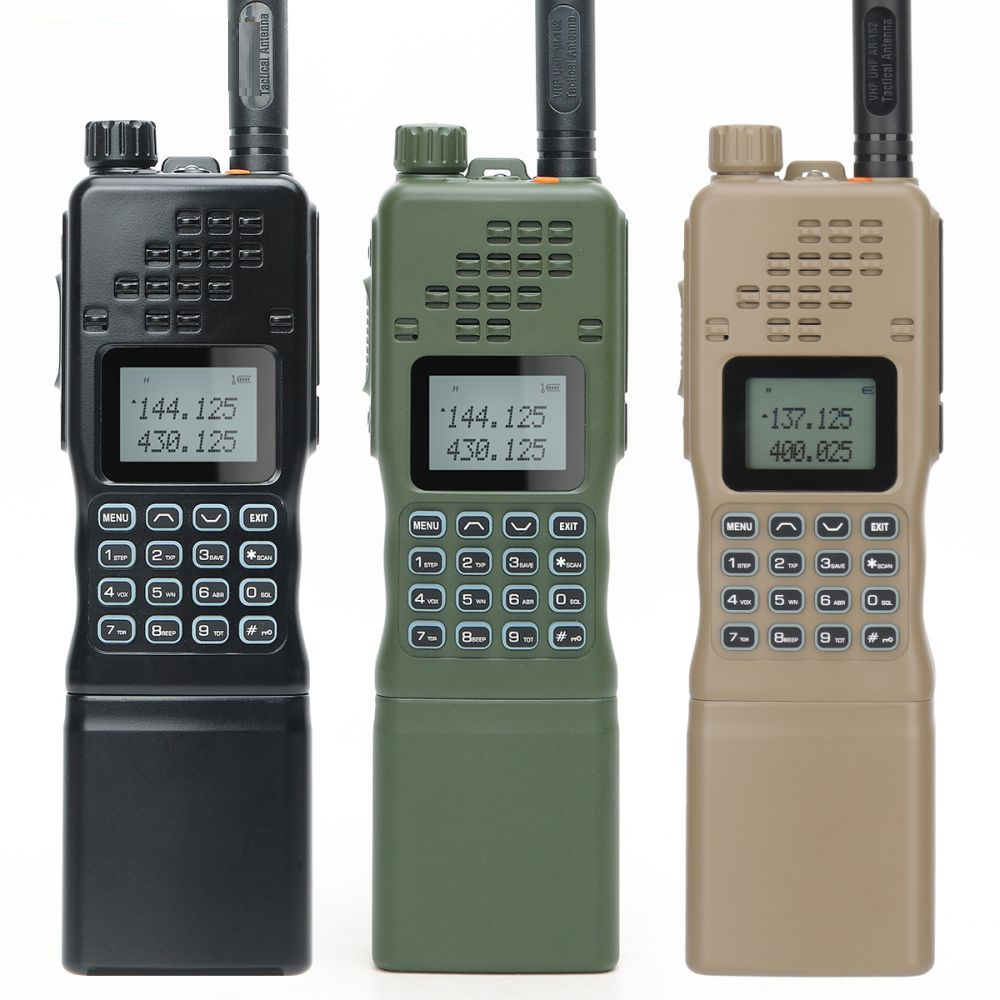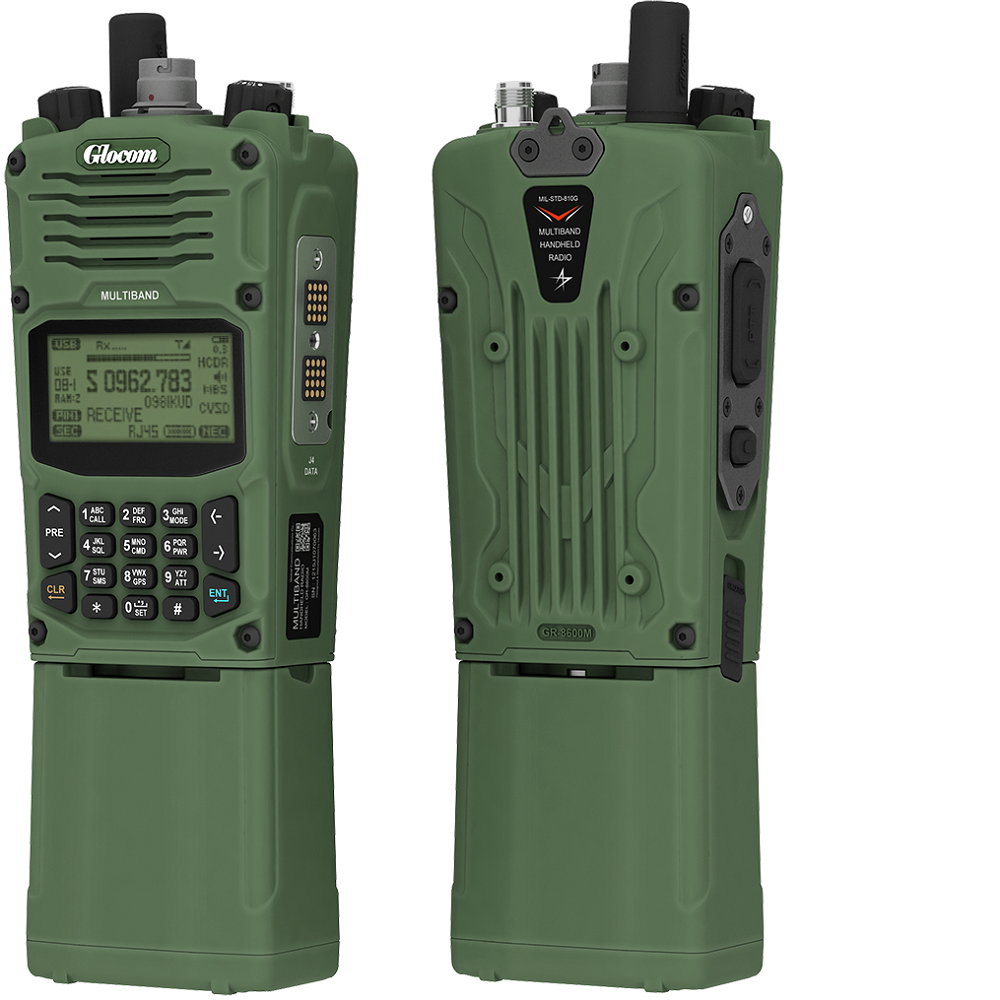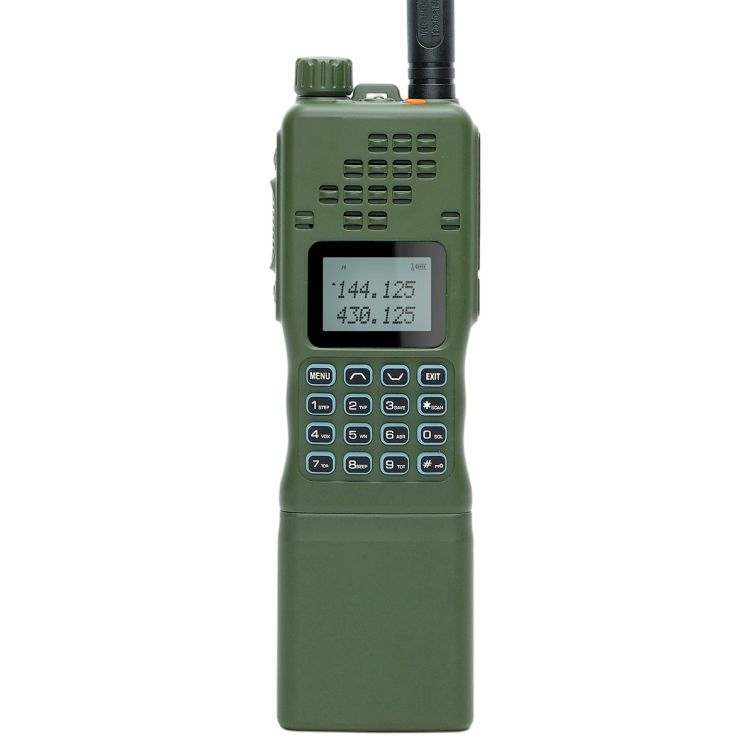Introduction to Military Radios
Military radios play a crucial role in modern warfare. Effective communication can determine the success or failure of operations. Military radios have evolved significantly. From the early days of rudimentary radio transmitters, they have become sophisticated tools. They offer encrypted communication, long-range capabilities, and resilience against jamming. This article delves into the history, technology, applications, and future of military radios. It aims to provide an extensive overview from both a technical and operational standpoint.
Historical Evolution of Military Radios
Early Beginnings
The history of military radios dates back to the early 20th century. During World War I, radio technology was in its infancy. Yet, it proved invaluable for coordinating troop movements and relaying battlefield information. Early radios were bulky and unreliable. They often used Morse code, requiring skilled operators. Despite limitations, they marked a significant step forward. They offered a new way to communicate over long distances quickly.
World War II Advancements
World War II saw significant advances in radio technology. Portable radios became more common. Devices like the SCR-300 “Walkie-Talkie” and the SCR-536 “Handie-Talkie” became iconic. These radios were easier to use and more reliable. They were vital for communication between units on the field. Coordination became more seamless, making operations more effective. Radios also played a key role in naval and aerial warfare. They allowed for better coordination between different branches of the military.
Cold War and Technological Innovations
The Cold War era brought rapid advancements in military radio technology. The need for secure communication led to the development of encryption technology. Radios became smaller and more powerful. Satellites started to play a role, enabling global communication. Real-time data transfer became possible. These innovations made operations more coordinated and efficient. The introduction of the Single Channel Ground and Airborne Radio System (SINCGARS) exemplified these advancements. It offered secure frequency-hopping capabilities, reducing the risk of interception.
Technological Aspects of Military Radios
Encryption and Security
Secure communication is critical in military operations. Military radios use advanced encryption algorithms to secure conversations. These algorithms make it nearly impossible for enemy forces to intercept and decode messages. They use both hardware and software-based encryption. End-to-end encryption ensures that only authorized parties can access the communication. Modern radios also have automatic key management systems. These systems change encryption keys periodically to enhance security. Security is a constant consideration, as technology continuously evolves.
Frequency-Hopping Spread Spectrum (FHSS)
Frequency-Hopping Spread Spectrum (FHSS) is a method used to improve security. Radios rapidly switch frequencies during transmission. This makes it difficult for eavesdroppers to intercept the signal. FHSS can mitigate the effects of jamming. It’s especially useful in electronic warfare environments. The technology increases a radio’s resistance to interference and jamming. It ensures reliable communication even in hostile settings. FHSS is a cornerstone in modern military radio systems.
Satellite Communication (SATCOM)
Satellite communication has revolutionized military operations. SATCOM enables global reach. Troops can communicate anywhere in the world, irrespective of terrain. SATCOM offers high bandwidth and low latency. This is crucial for real-time operations and data-heavy applications like video feeds. Satellite radios are robust and designed to withstand harsh conditions. They integrate seamlessly with other communication systems. SATCOM is an indispensable tool in modern military strategy.
Applications of Military Radios
Battlefield Communication
Effective battlefield communication is essential. Military radios enable real-time updates and coordination. Commanders can provide immediate instructions. Troops can report on conditions and request support. Radios ensure that everyone stays informed. This minimizes the risk of miscommunication, which can be deadly. Battlefield radios are designed to be rugged and reliable. They function in extreme conditions, from deserts to arctic environments.
Search and Rescue Operations
Military radios also play a vital role in search and rescue operations. They allow for coordinated efforts in locating and rescuing personnel. Time is of the essence in these operations. Reliable communication can make the difference between life and death. Radios enable teams to relay their positions and status. They can update command centers in real time. Communication equipment often includes GPS capabilities. This adds another layer of effectiveness to search and rescue missions.
Both aerial and naval operations rely heavily on radio communication. Aircraft use radios for air-to-ground communication. They coordinate with ground control and other aircraft. Naval vessels use radios to communicate with each other and with onshore command. Radios enable coordinated maneuvers and tactical operations. They offer line-of-sight and beyond-line-of-sight communication options. This is crucial for operations conducted over vast distances. Robust and secure communication ensures mission success.
Challenges in Military Radio Communication
Environmental Challenges
Environmental factors pose significant challenges to military radio communication. Extreme temperatures can affect equipment performance. Prolonged exposure to moisture can cause malfunctions. Dust and debris can clog components. Radios must be rugged and resilient. They must endure harsh conditions without compromising functionality. Manufacturers use durable materials and design strategies to mitigate these issues. Continuous testing ensures that radios meet rigorous environmental standards.
Electronic Warfare and Jamming
Electronic warfare is a significant threat. Enemy forces use jamming techniques to disrupt communications. Jamming can render radios useless, compromising operations. Military radios counter this with anti-jamming technologies. Techniques like FHSS and advanced encryption offer some protection. Ongoing research aims to develop even more resilient communication systems. Preparing for electronic warfare is a constant challenge. It requires staying ahead of technological advancements by adversaries.
Interoperability Issues
Interoperability is another challenge. Different branches of the military often use different communication systems. Allied forces may also use different technologies. Ensuring seamless communication between these systems is critical. Interoperability issues can hinder joint operations. Efforts are ongoing to standardize communication protocols. The aim is to improve inter-unit and international coordination. Interoperability is crucial for effective coalition operations.
Future of Military Radios
Advancements in Technology
The future holds exciting possibilities for military radios. Artificial Intelligence (AI) and Machine Learning (ML) are expected to play a role. AI can optimize communication channels. ML can predict and counteract jamming efforts. Quantum encryption offers unbreakable security. Advances in battery technology will make radios more reliable. Future radios will be even more rugged and capable. Continuous innovation ensures that military radios will keep evolving.
Integration with Next-Generation Networks
5G and future networks will transform military communication. They offer higher bandwidth and lower latency. 5G enables faster data transfer, crucial for real-time operations. It supports high-definition video communication and augmented reality. Future radios will integrate seamlessly with these networks. This will make communication faster and more efficient. Next-generation networks promise to enhance overall operational effectiveness.
Autonomous and Unmanned Systems
Autonomous and unmanned systems are becoming more common. Drones, autonomous vehicles, and robotic systems all rely on radio communication. Future military radios will need to integrate with these systems. They will ensure seamless communication between human operators and autonomous units. This integration opens up new tactical possibilities. It enhances operational flexibility and effectiveness.
Cybersecurity Enhancements
Cybersecurity will remain a top priority. As technology advances, so do cybersecurity threats. Future military radios will incorporate more robust cybersecurity measures. Advanced encryption, AI-driven threat detection, and secure communication protocols will be standard. Protecting communication channels is essential for maintaining operational security. Future developments aim to stay ahead of evolving cyber threats.
Conclusion: The Indispensable Role of Military Radios
Military radios are indispensable in modern warfare. They have evolved significantly over the past century. Going from rudimentary devices to sophisticated communication systems. They offer secure, reliable, and long-range communication. This makes them essential for battlefield coordination, search and rescue, and aerial and naval operations. Despite challenges like environmental factors, jamming, and interoperability, military radios continue to improve.
The future looks promising, with advancements in technology and cybersecurity. Integration with next-generation networks and autonomous systems will enhance capabilities. Military radios will continue to play a crucial role in ensuring effective communication.
Understanding the intricacies of military radios offers insights into their importance. It highlights the need for constant innovation and improvement. Military radios are not just tools; they are lifelines. They provide the critical communication needed for successful operations. As technology continues to evolve, so will military radios, ensuring they meet the ever-changing demands of modern warfare.



